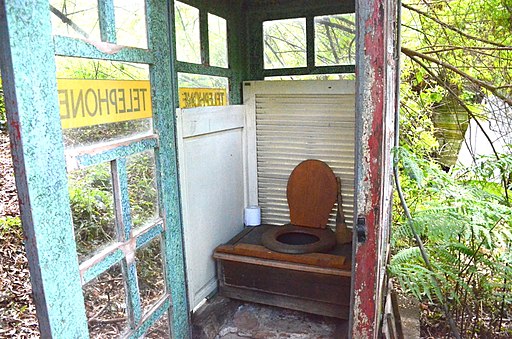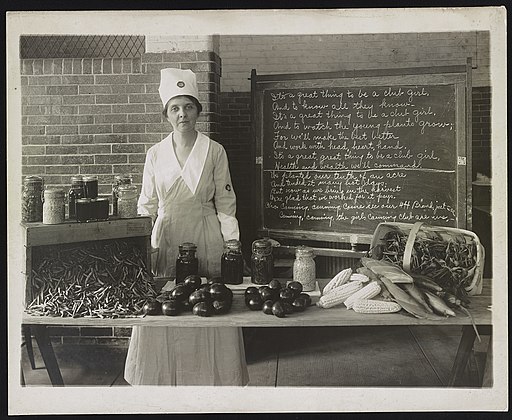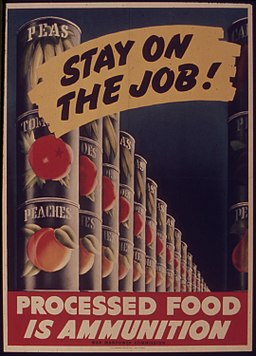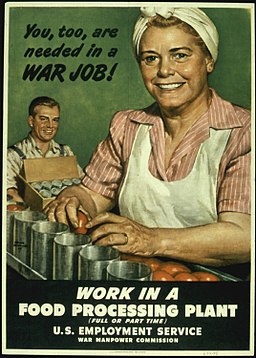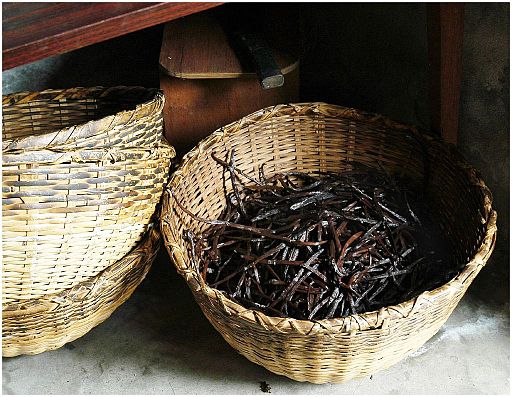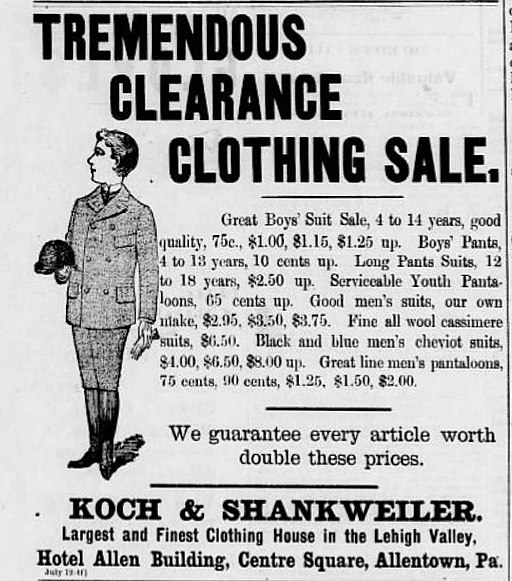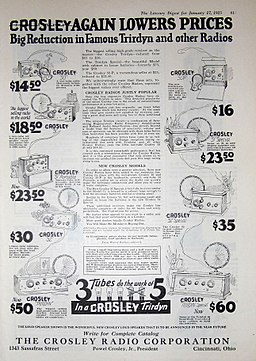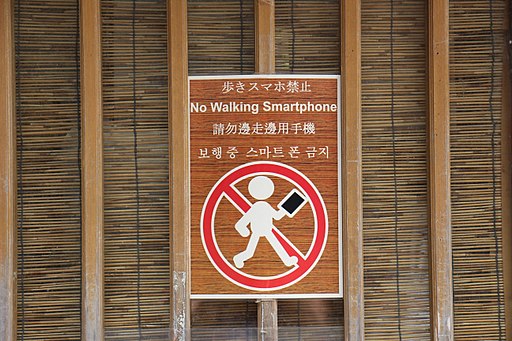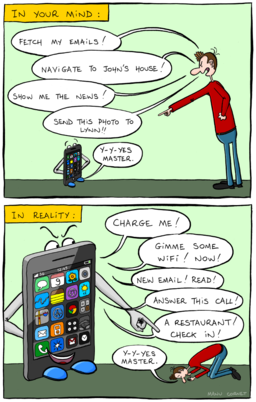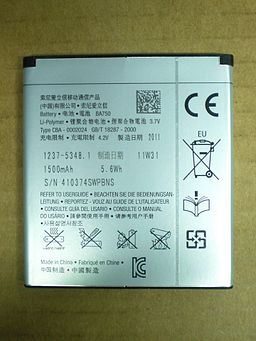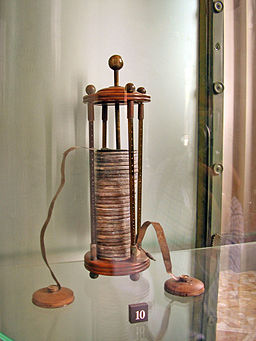It’s fair to say subscribers to cable and satellite television services
dislike their providers in large numbers due to high prices and poor customer service. With the option of internet streaming television service becoming more popular every year, cable and satellite subscribers are increasingly resorting to getting their television service the newest way and dropping the old service, though ironically they can sometimes still be tied to the cable company because it provides their internet service. For some people, particularly those with a low bandwidth limit on their internet service, the oldest way of getting television service can be the best, which is to say receiving broadcast television with an
antenna.
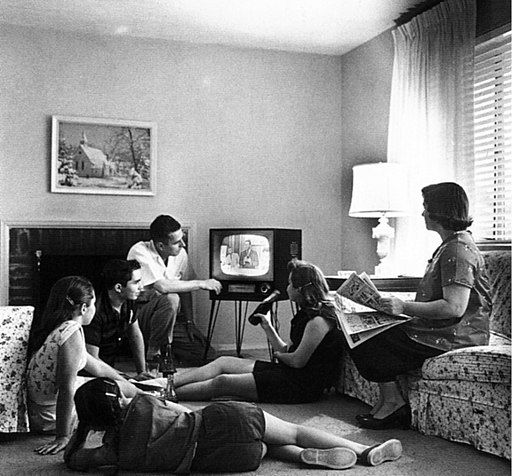 Family watching television, 1958; photo by Evert F. Baumgardner.
What, no rabbit ears? They must have had a rooftop antenna.
Family watching television, 1958; photo by Evert F. Baumgardner.
What, no rabbit ears? They must have had a rooftop antenna.
There is no such thing as an HDTV (High Definition Television) antenna except in the minds of marketers and confused consumers.
An antenna is an antenna is an antenna. Standard definition and high definition digital signals are merely the format of the content that TV stations broadcast, not the method. The method is the same as it was when the format content was analog, and that is
electromagnetic frequencies in the MegaHertz (MHz) band of the spectrum, in Very High Frequency (VHF) or Ultra High Frequency (UHF). Any antenna can
pick up analog and digital signals as long as it is optimally configured to pull in those frequencies. That is known as the antenna’s “gain.”
It is the tuner in the television set that needs the capability of properly displaying the digital signal. That is why older analog television sets needed a digital converter box when the the digital television transition occurred in 2009. No one needed to go out and buy a different antenna then, but that didn’t stop unscrupulous or ignorant salespeople from selling plenty of “HDTV” antennas to confused consumers.
Because many of the new antennas being marketed as “HDTV” have a mod, futuristic profile, looking much different than the old rabbit ears indoor antennas and the old coat hanger outdoor antennas, consumers can come to believe they are not like those antennas, and marketers are happy to let them believe that. In truth, much of the new antenna designs are due to making them omnidirectional or UHF-only, both of which are not necessarily improvements over the old designs.
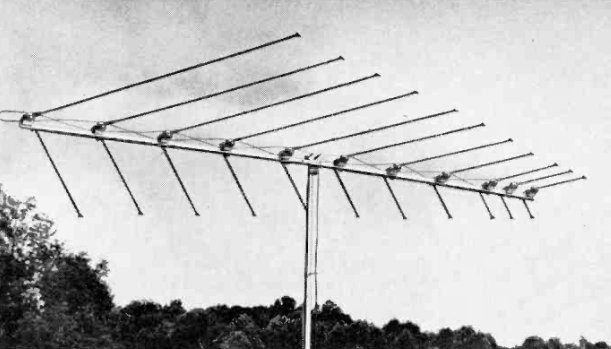 VHF TV antenna, 1963; photo by Edward Finkel.
VHF-only antennas were used when few UHF stations were on air.
VHF TV antenna, 1963; photo by Edward Finkel.
VHF-only antennas were used when few UHF stations were on air.
Omnidirectional antennas pick up signals over 360 degrees, but that also means they pick up a lot of interference and are weaker at picking up a strong signal from one direction. The old design, a large coat hanger antenna on the rooftop is still best at picking up a distant signal from one direction and tuning out interference from other directions. The UHF-only design allows an antenna to have a low profile because of the characteristics of the UHF signal, but at the obvious cost of not being able to pick up VHF signals. Manufacturers did this in the belief that after the digital transition there would be far fewer TV stations broadcasting over VHF because the digital signal is more efficient over UHF, and because they felt consumers would prefer the smaller profile.
Consumers prefer small profile antennas for some settings in particular, such as apartments and in neighborhoods with a homeowners association, where landlords and homeowners association boards would like to have them believe they are not allowed to put up a high gain antenna outdoors.
Section 207 of The Telecommunications Act of 1996 says landlords and association boards cannot get away with blanket prohibitions. This is especially worth noting because clear reception of a digital signal requires a higher gain antenna than is necessary for receiving an analog signal. A preamplifier on the antenna can help, but because a preamplifier increases signal noise as well, it is best used for boosting the signal as it travels down a long cable run to the television set, rather than as a stopgap to make up for low gain from the antenna. A strong over-the-air signal is worth the trouble it can require, however, since the resulting television picture is much sharper than an equivalent cable or satellite derived picture. In order to carry hundreds of channels, cable and satellite companies need to compress their signal data, losing definition. Broadcast signals are not compressed.
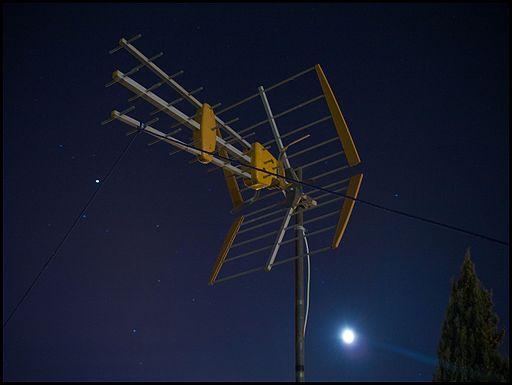 Modern UHF-only TV antenna; photo by Flickr user shaorang,
from Puerto de Santa Maria, Cadiz, España.
UHF elements in front are backed by corner reflector elements.
Modern UHF-only TV antenna; photo by Flickr user shaorang,
from Puerto de Santa Maria, Cadiz, España.
UHF elements in front are backed by corner reflector elements.
Whatever you do when you cut the cable or satellite TV cord, think twice before falling for the
“HDTV” antenna ads currently airing. Like all con games, they rely heavily on the greed of the mark in believing he or she can get something for nothing. To that end, the TV huckster does not say directly that the mark can get all the same channels cable and satellite services provide, but through clever wording he allows the unsophisticated mark to infer that and jump to conclusions.
The wreckage can be found in online forums. Tempting as it can be to jeer at these consumers for getting what they deserved, they are more deserving sympathy in the recognition that it has taken only one generation to pass for them to forget or never realize there once was a way to watch television without paying for it. These people often are purchasing the product because they are too poor to continue paying high cable and satellite bills. The marks more deserving contempt are some of the better educated high rollers who, ignoring reality, willed themselves to believe
Bernie Madoff really was getting them something for nothing. They might have been better off cutting out the middle man and investing directly in the booming market for “HDTV” antennas.
― Techly




